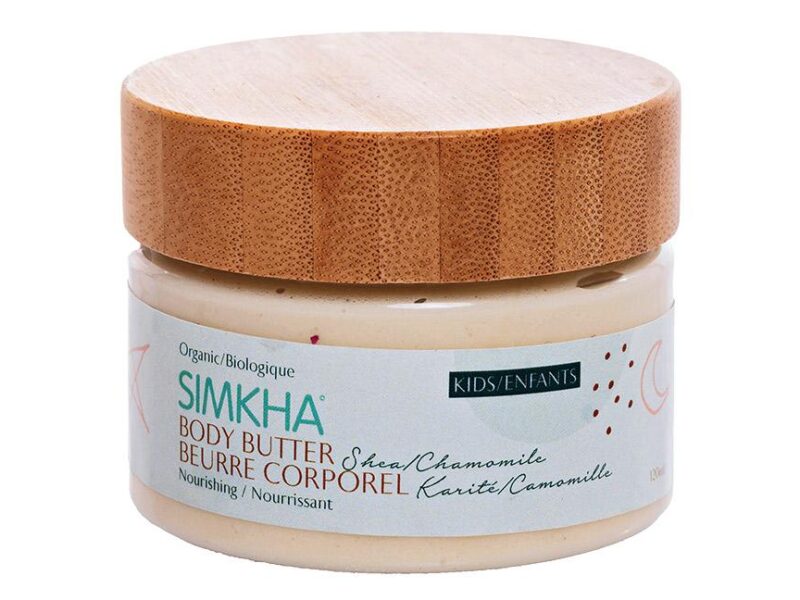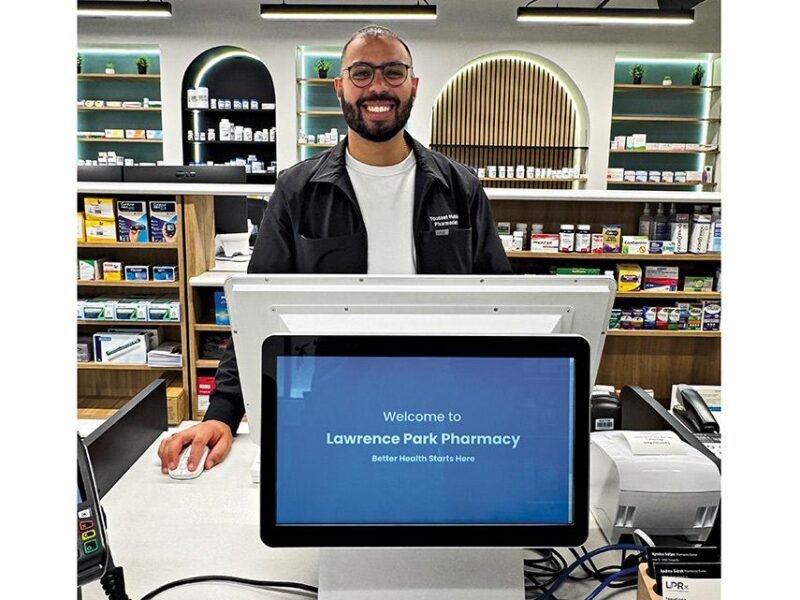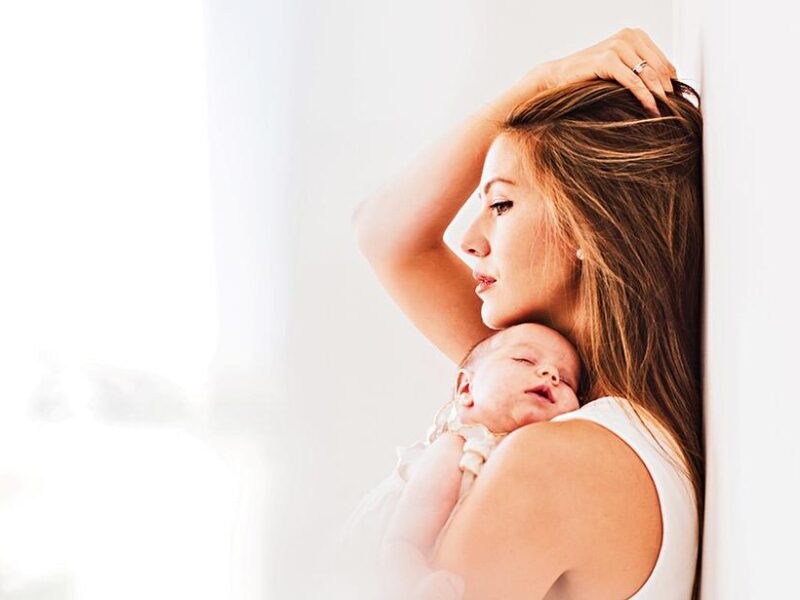
Protecting your child’s vision for sports
Each day, your child likely participates in some physical activity, whether it is kicking a ball at recess or participating in a formal sports league. Seeing well ensures that they are always playing at their best. Protecting the eyes is important as well, since injuries can happen at any age.
Good vision and eye health starts with a visit to your optometrist. Children should have their first eye exam at six months of age, again at the age of three, then annually thereafter. By doing this, vision and eye health can be properly evaluated to identify any eye problems that might affect your child’s ability to see and learn. When both eyes work well together and can see clearly at all distances, your child can master new sports with greater ease.
Some children do need glasses to see properly. For certain sports, wearing regular glasses may be a challenge though and other alternatives could be considered. Sports glasses can be used for sports like bicycling and basketball. For water sports, prescription swim goggles may be appropriate. Contact lenses are also a consideration for children who are active in competitive sports. While there is no specific age requirement for when children can start wearing contact lenses, the child should be mature enough to insert and remove the contact lenses themselves. As well, they need to be responsible enough to keep the lenses clean and disinfected. Parents can discuss these options with their optometrist to determine the best alternative for their child.
Parents should ensure that protective eyewear be used for high-risk activities, such as hockey. Visors to protect the eyes and face are always a good idea. Protective sports glasses are useful for racquet sports, like squash.
If your child is injured, it is important to assess the risk of eye damage to determine whether further attention is required. Whenever that has been a direct blow to the eye or the adjacent region, an immediate visit to your optometrist is warranted. They will determine if there is any internal damage to the eye, such as retinal detachments or bleeding inside the eye. Sometimes, the impact can even cause a “blow-out fracture” where the bony structure that protects the eye gets damaged. Certain head injuries may also affect the eye. If your child suffers a fall or blow to the head, a visit to your optometrist may be important, particularly if there is any change to their vision.
To find an optometrist near you visit www.eyecareoao.com or call 800-540-3837 t. Annual children’s eye exams are covered by OHIP until age 19. Learn more about our Eye See.Eye Learn program for Junior Kindergarten children by visiting, www.EyeSeeEyeLearn.ca.





